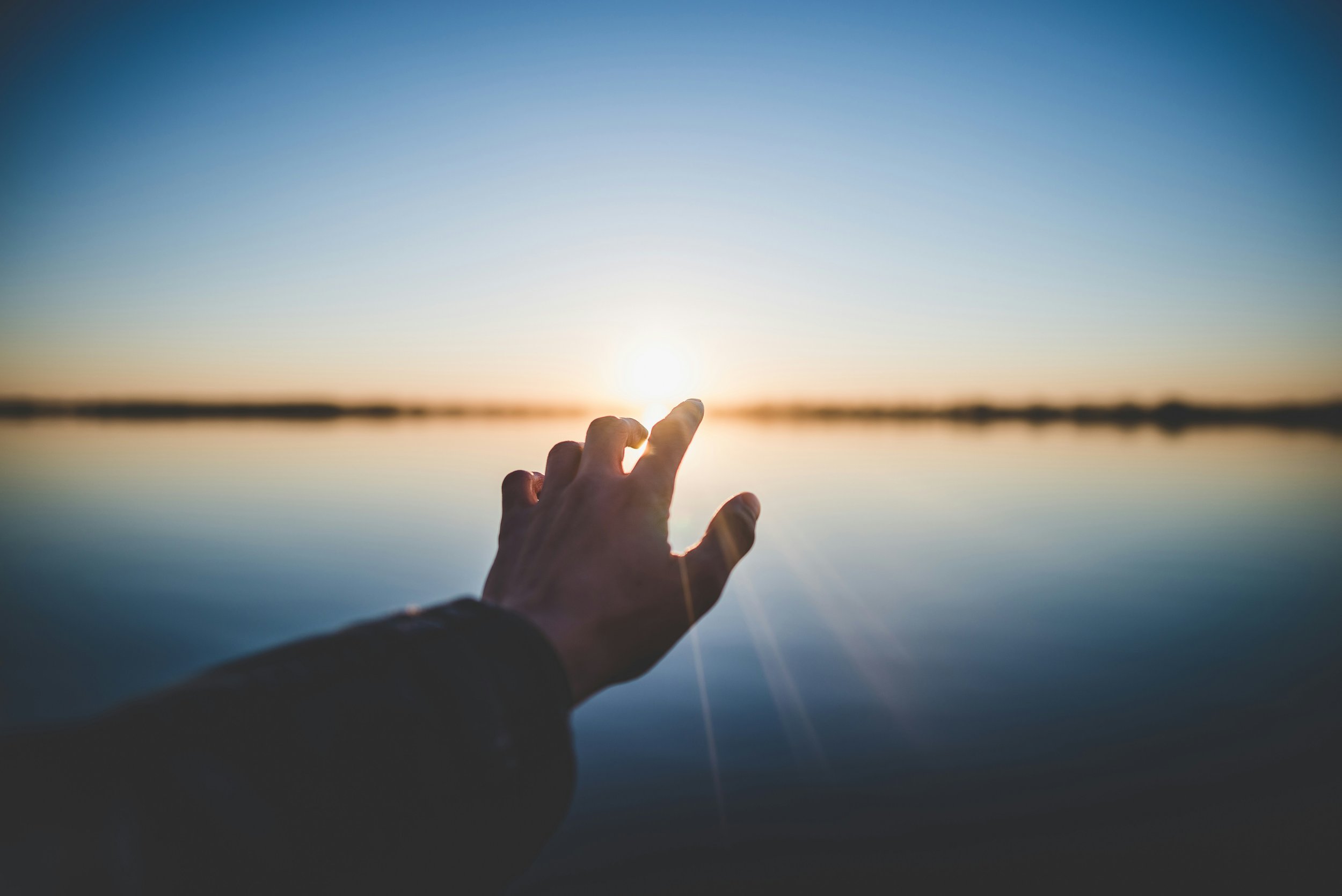
Te Tatau o te Pō
Unusual experiences at or around the time of death have been reported across cultures for millennia. As many as 88% of dying people who retain consciousness will have such experiences, which can include any of the following features:
Visions of an otherworldly realm, seeing a bright light, looking upwards in awe
Visitations, such as seeing or talking to deceased others, reaching out to them as if to embrace or hold hands, telling them to ‘wait’ and that they will be ready to go with them ‘soon’
Auditory sensations, including hearing music or singing that is often described as ‘angelic’ or ‘celestial’
Some of the project team explain transitioning experiences
Overwhelming positive emotions, including peace, joy, happiness, love, excitement
Renewed cognitive lucidity, which can include the ability to speak clearly and logically, even if one has not been able to for a long time, as in many cases of dementia
Preparation for a journey, which can sometimes involve the request to pack one’s bags
The desire to reconcile with estranged family members
Reassuring significant others that they will be ‘OK’
Stating they are ready to ‘go home’
Recently, such experiences have been given the term ‘end-of-life-experiences’ (ELEs) in Western scholarship. However, we prefer to use the term ‘transitioning experiences’, to reflect the idea that is inherent in the name of our research project, which is Te Tatau o te Pō. Meaning ‘door of the night’, Te Tatau o te Pō reflects the idea that what we call death is a transition period, whereby the spirit of the dying person is journeying from the physical realm back to the spiritual realm. The door of the night represents the threshold of that transition, whereby the dying person metaphorically has one foot in the physical world and one in the spiritual world. It is from this idea that ‘transitioning experiences’ was founded as the term for our research.
Central to this idea of course, is the assumption that humans have a spiritual essence, and this is an important aspect of what it means to be human. Although this idea may not resonate with all, it is an idea inherent to many Indigenous cultures. For example, Māori beliefs suggest humans are not merely physical beings but are spiritual beings inhabiting a physical form for a period of time. That physical form is stirred into being through the habitation of wairua. Believed to be a fundamental part of reality, wairua is often inferred to mean ‘spirit’ or ‘soul’. The existence of wairua is unquestionably presumed, and its central role to lived experience is widely endorsed by many Māori.
At the moment of what we call physical death, the wairua becomes disembodied and makes its journey back along Te Ara Wairua (the pathway of spirits) to the celestial sphere. But, prior to the disembodiment, there exists a transitional period where the wairua momentarily straddles both the physical and spiritual realms, until it is released fully at the moment of death to journey into the cosmos. Māori recognise this through the statement:
Kua whetūrangihia koe
You have become a star in the sky, taking your place alongside your ancestors

